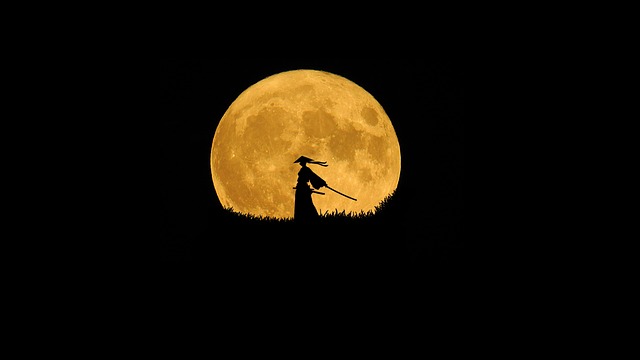The world of swords is vast and varied, encompassing a range of designs that span across different cultures and time periods. Among them, the katana stands out as one of the most iconic and revered. The katana sword, with its distinctive curvature and razor-sharp edge, has not only been a symbol of the samurai’s spirit but also a piece of art that holds within its blade stories of honor, duty, and craftsmanship. In this article, we’ll explore the rich history of katana swords, their significance, and their continued allure in the modern age.
1. The Birth and Evolution of the Katana
The origins of the katana can be traced back to the Heian period (794-1185 AD) in Japan. These were tumultuous times, with various clans vying for power. The need for a more efficient weapon led to the development of the katana, which was designed for swift and precise strikes.
Over the years, the katana underwent several refinements. Its curvature became more pronounced, allowing for quicker unsheathing and striking. The blade was forged using a unique method that involved folding the steel multiple times, resulting in a blade that was both tough and flexible.
2. Beyond Just a Weapon: The Katana as a Work of Art
The process of making a katana is nothing short of an art form. Swordsmiths would often meditate before beginning their work, seeking spiritual guidance to create a blade that was not just functional but also beautiful. The intricate patterns on the blade, known as ‘hamon’, are the result of differential hardening – a technique where the blade’s edge is cooled more quickly than the spine, resulting in a harder edge and a softer, more flexible spine. This combination ensures that the katana remains sharp yet doesn’t break easily.
Today, those interested in these magnificent swords can explore collections like the ones at TrueKatana. Their exquisite range showcases the perfect blend of traditional craftsmanship and modern aesthetics.
3. The Symbolism of the Katana
Beyond its functionality and beauty, the katana holds deep symbolic significance. For the samurai, their katana was not just a weapon – it was an extension of their soul. It represented honor, duty, and loyalty. A samurai would often name his sword, believing that it held a spirit within.
The act of drawing a katana was also steeped in meaning. It was believed that once unsheathed, a katana had to taste blood before being returned to its scabbard, even if it meant the wielder had to cut himself. This belief underscores the weight of responsibility that came with carrying such a weapon.
4. The Katana in Modern Culture
The allure of the katana has transcended time. Today, it remains as popular as ever, finding its place in movies, video games, and even in martial arts dojos across the world. Its sleek design and rich history make it a sought-after collectible for enthusiasts.
Websites like TrueKatana offer a wide variety of katana swords, from traditional designs to modern reinterpretations, catering to both purists and new-age aficionados. Whether you’re a martial artist looking for a functional blade or a collector seeking a decorative piece, there’s a katana for every taste.
5. The Legacy of the Katana
The katana’s legacy is a testament to its unparalleled design and the values it embodies. It stands as a reminder of a time when honor and duty were paramount, and when the line between art and weaponry was blurred.
In an age of rapid technological advancement, the katana reminds us of the beauty of craftsmanship and the importance of preserving traditions. Its continued popularity is a testament to its timeless appeal and the universal values it represents.
Conclusion
The katana is more than just a sword. It’s a symbol of discipline, honor, and artistry. Its rich history and cultural significance make it a fascinating subject of study and admiration. Whether you’re an enthusiast looking to add to your collection or someone curious about its origins, the world of katana swords is sure to captivate and inspire.

0 Comments